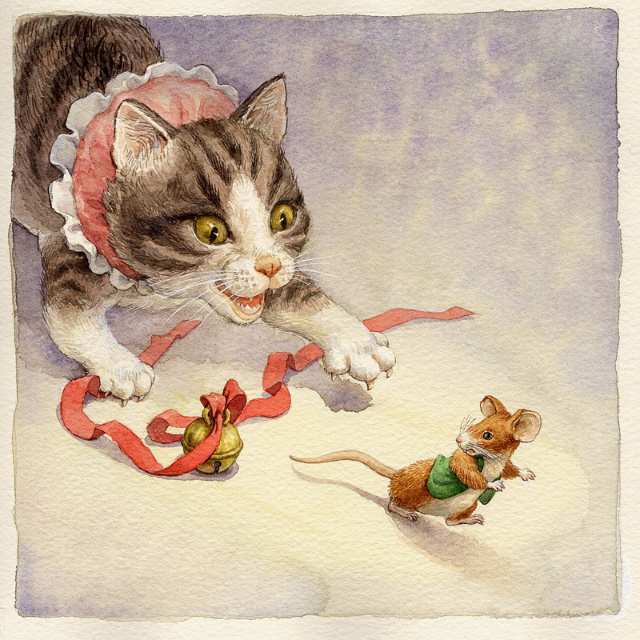The word cute is used in many different contexts: a girl saying a guy is “cute” could mean that she finds him attractive, while a guy saying a girl is “cute” may imply that they find them lovable but not in an attractive way. But essentially, cuteness can be described using the concept of neoteny.
What is neoteny? This is a concept in evolution where adults of a species preserve traits of youth. The end result is a mature organism that appears to be immature. A good example of this is the axolotl, which preserves its juvenile aquatic form (e.g. gills and overall look) in adulthood, even when they are living amphibiously.
It has been hypothesised that human beings originate from neotenised chimpanzees, as a baby chimp has striking resemblance to a human.
Cuteness and neoteny have an extremely intricate relationship. It is common knowledge that the most powerful attractors of care from an adult is cuteness. Almost every infant organisms have “cute” appearances that make people instantly feel warm and fuzzy. Ergo, being cute (i.e. neoteny) is a survival advantage as the young are cared for more until they are mature. This simple concept has led to the lengthening of childhood in humans, as children require a long time under the care of adults while they absorb knowledge and learn how to function in society. This also solved the problem of babies being born with immature brains (as the head is already too large to fit through the birth canal) and still having a chance at survival.
It has been scientifically proven that people with cuter faces are seen in a more positive light, more likely to be hired and less likely to provoke aggression in violent people (the human brain is wired to inhibit aggressiveness when faced with cuteness, presumably an effort to reduce child abuse and improve survival). In short, cuteness invokes maternal or paternal love and causes a sudden want to protect the cute thing.
This leads to another advantage of cuteness: attractiveness. Although beauty and cuteness are almost diametrically opposed, many men (and women) find “cuteness” to be appealing in the opposite sex. This is likely related to the brain confusing parental love with romantic love. A youthful look is also associated with fertility, which greatly influences a man’s subconscious choice of a partner. However, it is also true that because of this effect a man may see a cute girl only as a “little sister” figure they need to protect, rather than a potential love interest.
So what makes for a cute person? As stated above, these are traits of neoteny, or in other words:
- large eyes
- small nose
- small jaw and teeth
- flattened and rounded face
- large brain/forehead (causing the eyes/nose/mouth to be lower on the face)
- hairless face and body
- limbs shorter than torso length
- legs longer than arms
- upright posture
These characteristics are commonly used in animations and cartoons to boost the audience’s affection towards the character. This is especially the case in Japan where the a cultural obsession with cuteness is clearly evident.









